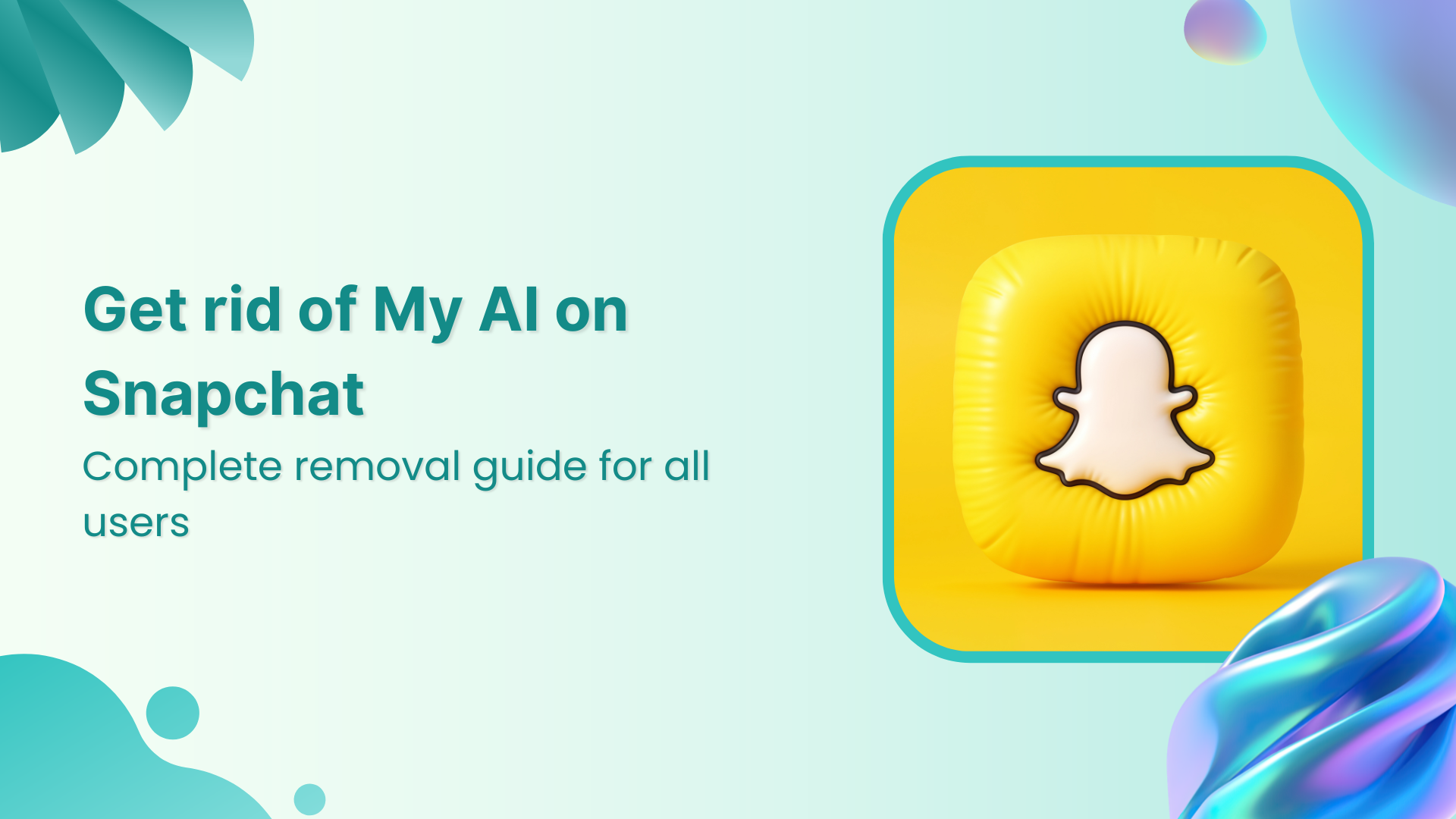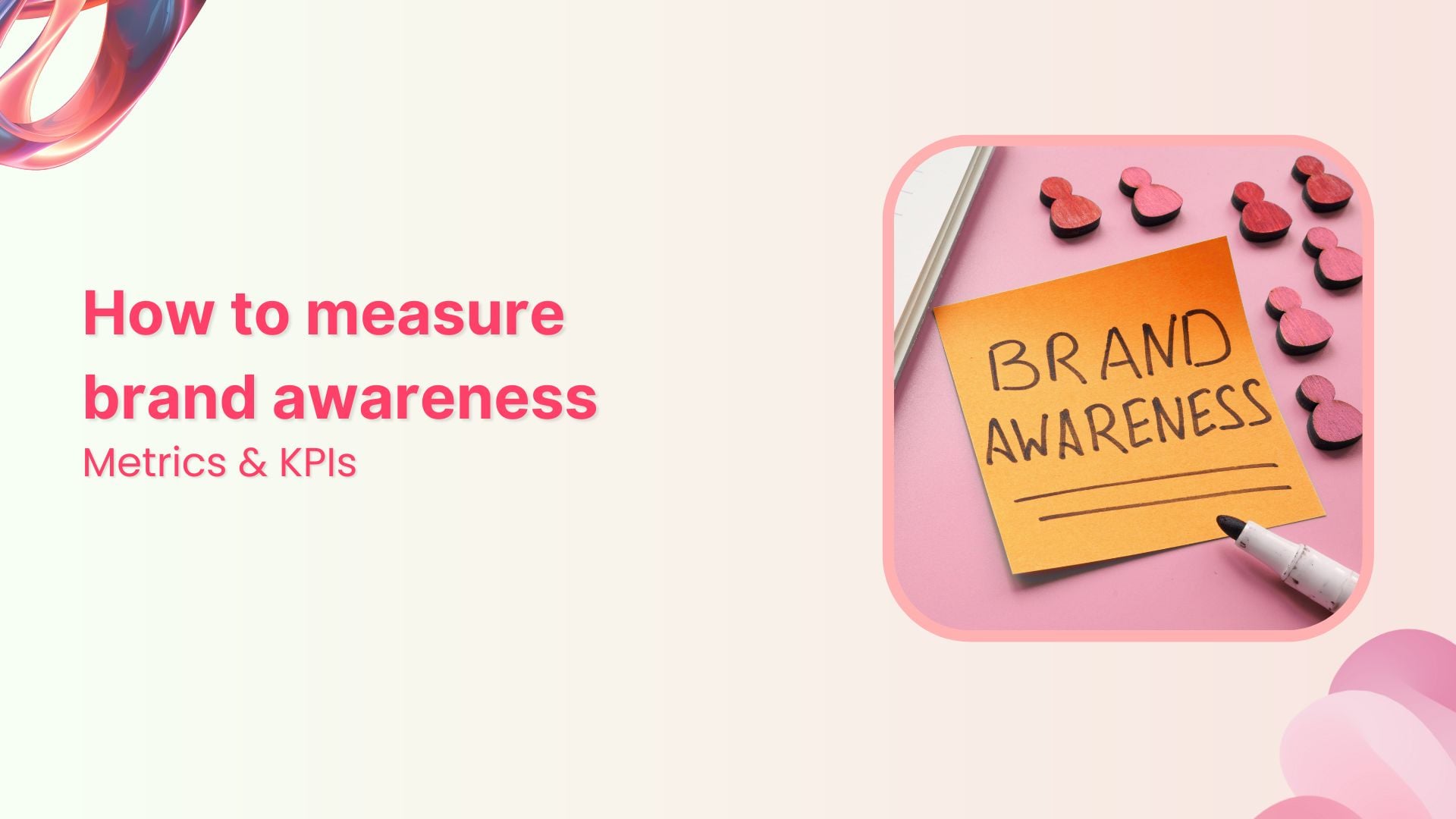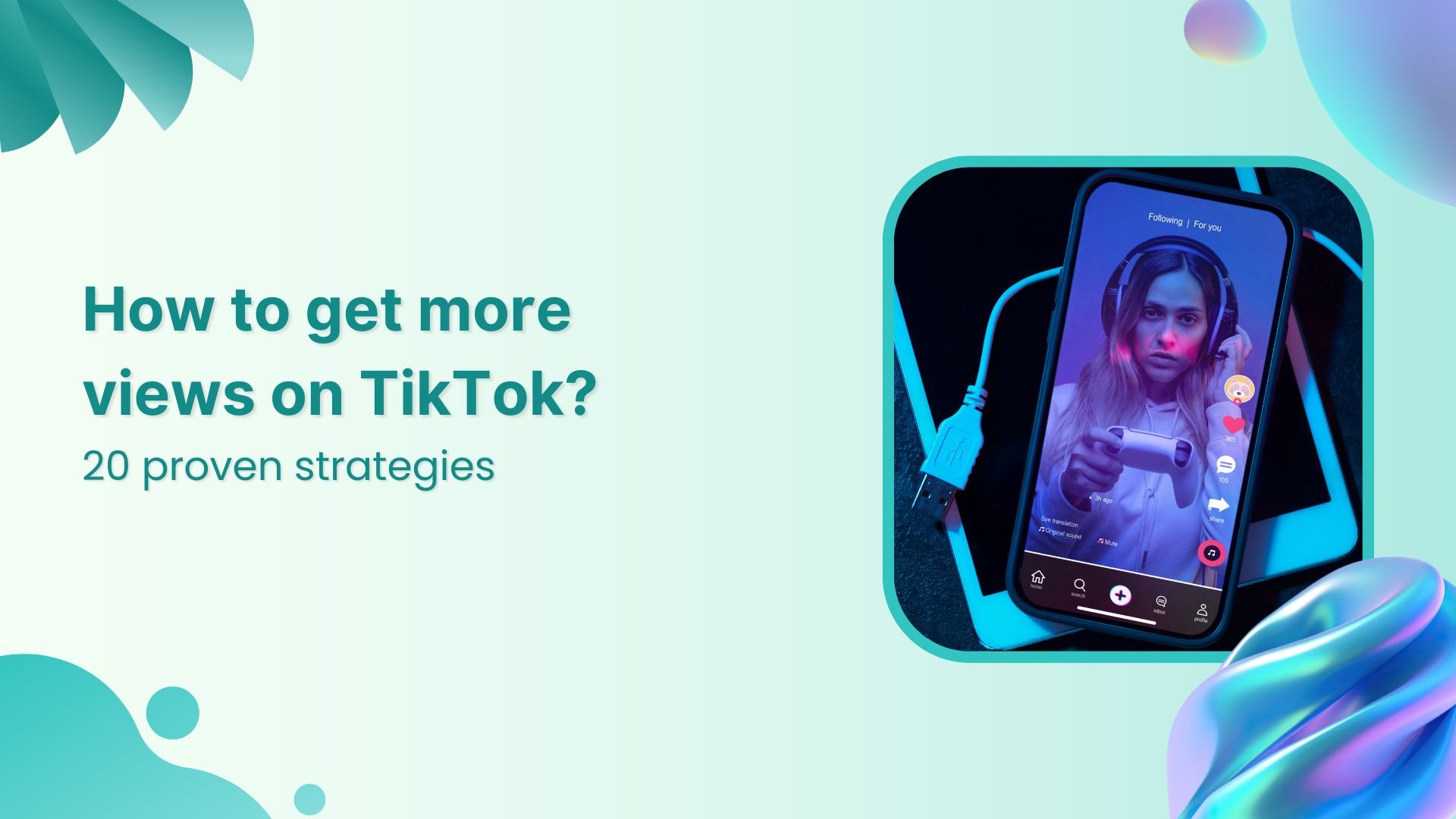Bulk-generate & schedule posts in seconds with Smart Scheduling. Try now!
Visual content creation
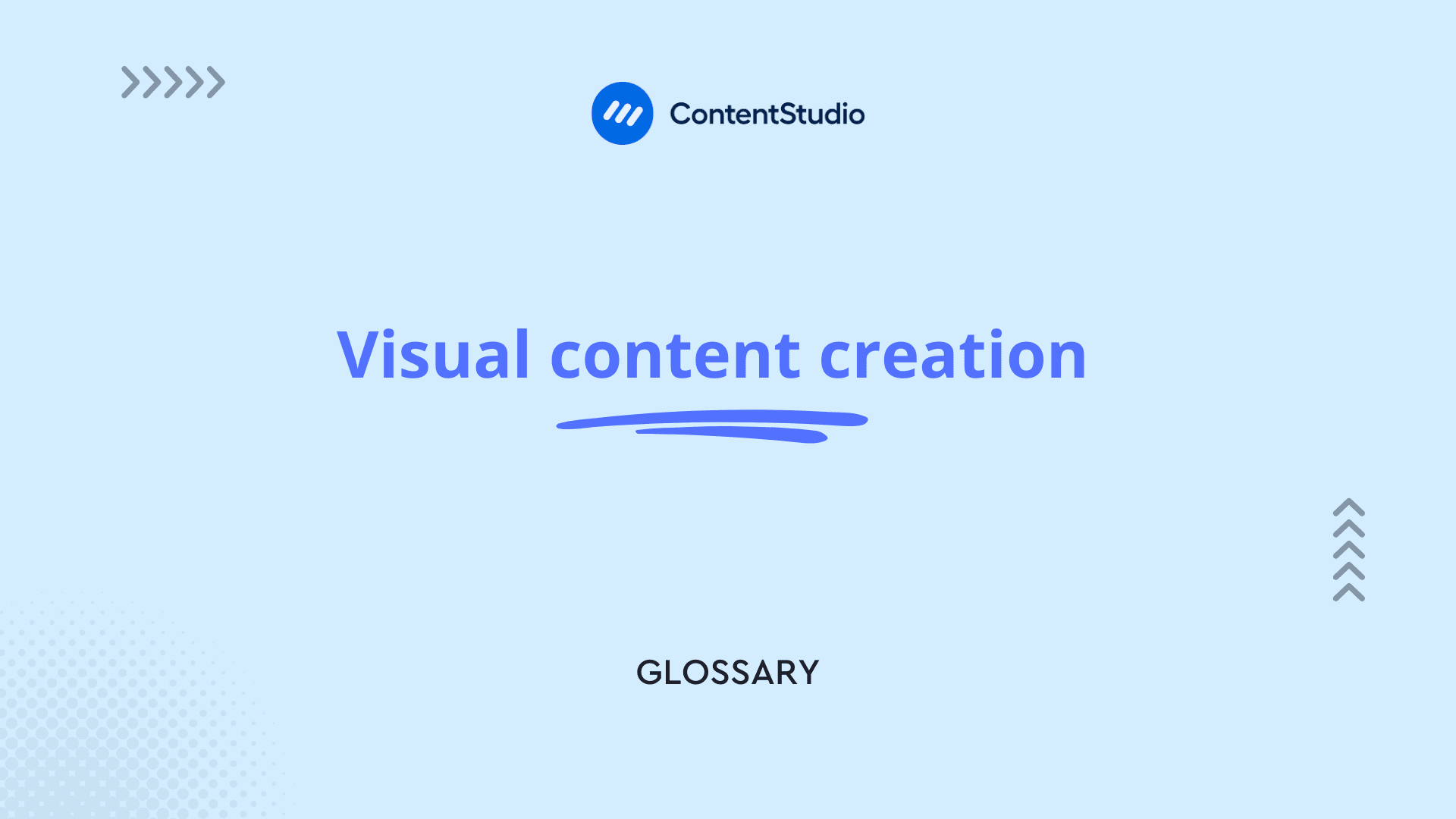
What is visual content creation?
Visual content creation is the process of designing and producing engaging visual assets such as images, videos, infographics, and other graphic elements for digital marketing campaigns, social media posts, websites, and other communication channels.
In today's digital landscape, visual content has become essential for brands looking to capture attention in crowded online spaces and effectively communicate their message.
Why does visual content matter in digital marketing?
Visual content plays a crucial role in digital marketing strategies because humans are naturally visual creatures. We process images 60,000 times faster than text, making visual content an efficient way to convey complex information.
Well-crafted visual content can boost social media engagement, increase brand recall, and drive conversions.
When implemented correctly, visual content can:
- Increase engagement rates across social platforms and digital channels
- Improve information retention as people remember visuals better than text alone
- Enhance brand recognition through consistent visual identity elements
- Drive more traffic to websites and landing pages
- Boost conversion rates by making information more digestible
Types of visual content
There are numerous forms of visual content that marketers and creators can leverage, each serving different purposes in a content marketing strategy:
Images and photography
Professional photography and stock images remain fundamental visual assets. These can include product photos, lifestyle imagery, team photos, and branded stock photography.
Using high-quality, engaging images is essential for creating a professional impression and capturing audience attention.
Graphics and illustrations
Custom illustrations and graphics can help communicate complex ideas in a simplified manner while reinforcing brand identity.
Custom graphics are particularly valuable for explaining abstract concepts or creating distinctive visual branding that stands out from competitors using standard stock imagery.
Infographics
Infographics combine visual elements with data to present complex information in an easily digestible format. They're particularly effective for content sharing and are 30 times more likely to be read than text articles. Effective infographics simplify complicated data while telling a visual story.
Videos
Video content continues to dominate social media platforms, with formats ranging from short-form content like TikToks and Instagram Reels to longer tutorials, webinars, and brand stories. Understanding social media video specs for each platform is crucial for optimized viewing.
GIFs and animations
Animated content like GIFs provides a middle ground between static images and full videos. They're excellent for demonstrating simple processes, showing product features, or adding personality to digital communications.
Memes and visual humor
Social media memes can humanize brands and create relatable content that audiences enjoy sharing. When done tastefully and aligned with brand voice, memes can significantly increase engagement.
Carousel posts
Carousel posts on platforms like Instagram and LinkedIn allow brands to tell sequential stories or showcase multiple products in a swipeable format, increasing engagement through interactive storytelling.
Visual content creation tools
Modern creators have access to a wealth of tools that make visual content creation more accessible than ever before:
- Design platforms: Tools like Canva, Adobe Creative Suite, PostNitro, and Figma provide templates and design elements for creating professional visuals without extensive design experience
- AI image generators: Emerging AI tools can create custom images from text prompts, opening new possibilities for unique visuals
- Video editing software: From professional options like Adobe Premiere to user-friendly mobile apps like CapCut
- Social media management platforms: Tools like ContentStudio that offer integrated media libraries and visual content creation capabilities
When selecting tools, consider your team's technical abilities, budget constraints, and the types of visual content you need to create most frequently.
Best practices for effective visual content
Creating impactful visual content requires following established best practices:
- Maintain brand consistency by using cohesive color schemes, fonts, and visual elements across all content
- Design for specific platforms by understanding the ideal image sizes for social media posts on each network
- Ensure accessibility by including alt text, captions, and sufficient color contrast
- Focus on quality over quantity to maintain high standards and professional appearance
- Tell stories visually rather than simply presenting information
- Use data visualization effectively to make complex information more digestible
- Create shareable content that encourages audience distribution
- Optimize for mobile viewing since most social content is consumed on mobile devices
Measuring visual content performance
To evaluate the effectiveness of your visual content strategy, track key metrics including:
- Engagement rates (likes, comments, shares)
- Click-through rates from visual content
- Conversion rates on pages with visual elements
- Social media reach and impressions
- Time spent on pages with visual content
- Brand recall and recognition
Social media analytics tools can help track these metrics and provide insights into which visual content performs best with your audience.
Creating a visual content strategy
Developing a coherent visual content strategy involves:
- Understanding your audience preferences and behaviors
- Defining your visual brand identity (colors, typography, imagery style)
- Creating a content calendar that includes visual content types
- Establishing creation workflows and approval processes
- Developing a social media approval workflow for visual content
- Balancing content types across platforms and audience segments
- Incorporating visual content batching for efficiency
With the right tools, strategy, and creative approach, brands can create compelling visual content that resonates with audiences and achieves marketing objectives across platforms.
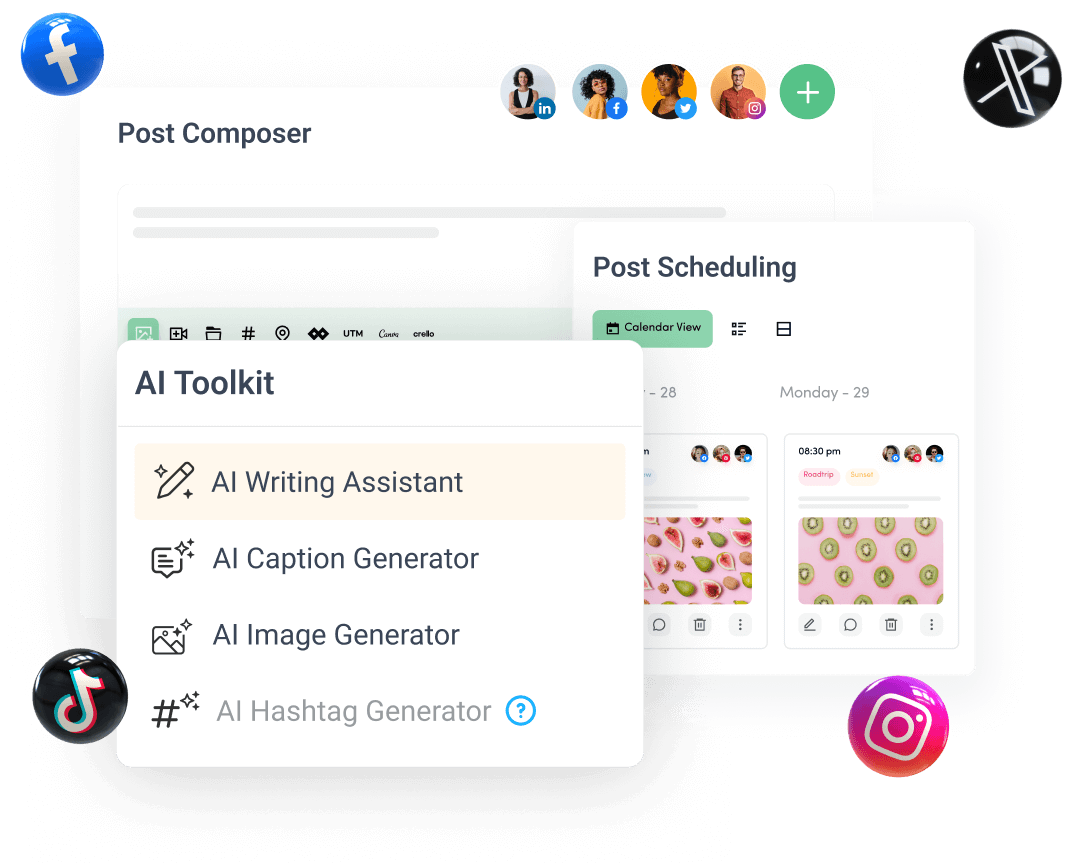
Create, plan, schedule, and publish posts on all social media networks
Recommended for you
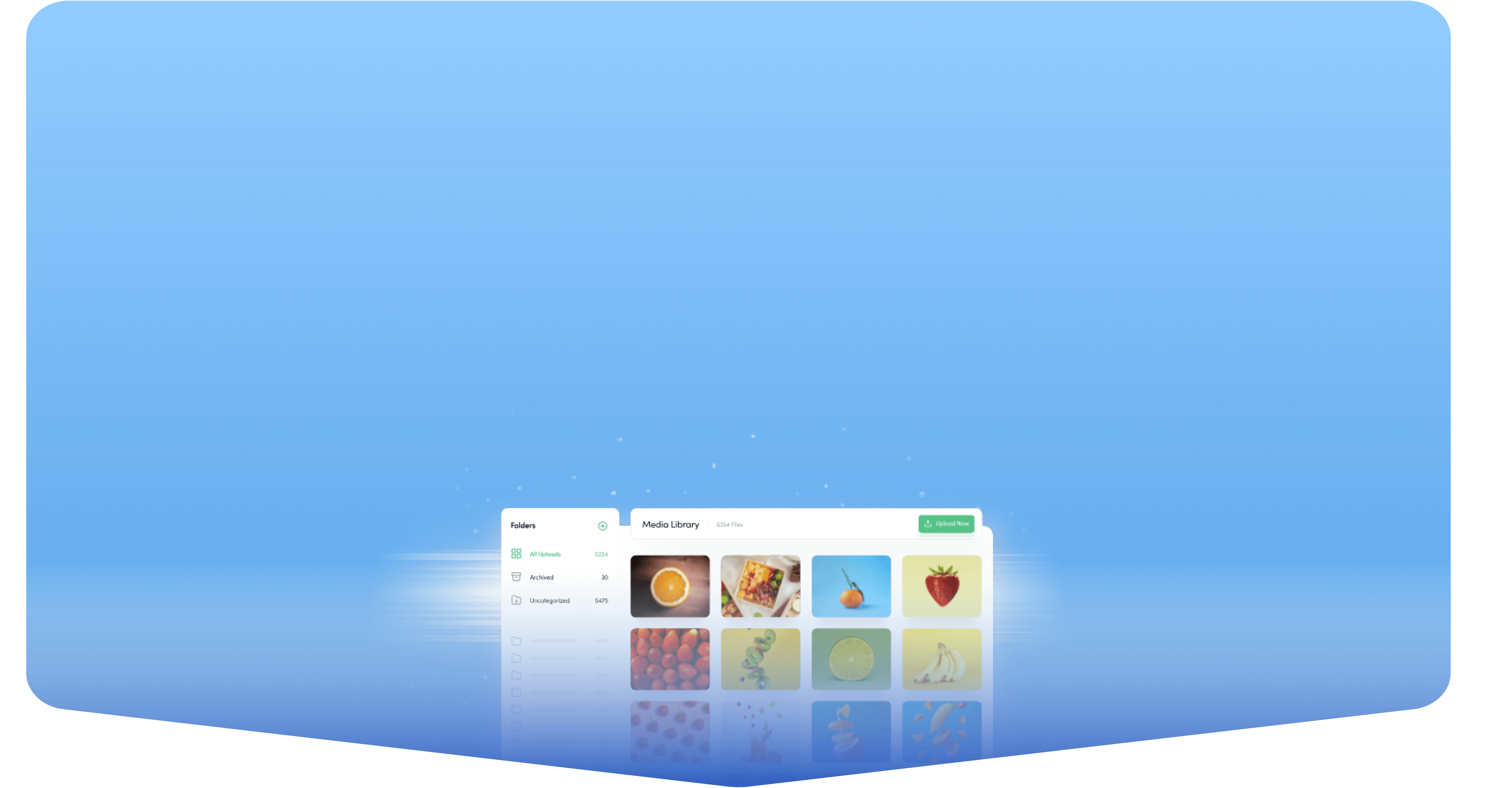

Powerful social media management software
14-day free trial - No credit card required.
